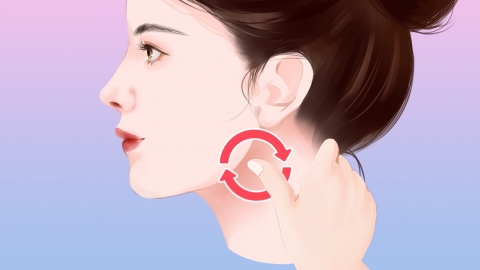Is a Category 3 Thyroid Nodule Serious?
Under normal circumstances, category 3 thyroid nodules are mostly benign and generally not serious. However, if the nodule is large or shows signs of malignancy, it should be taken seriously. If any abnormalities occur, prompt medical attention is recommended. Detailed analysis is as follows:

Most category 3 thyroid nodules have clear boundaries and regular shapes. Ultrasound imaging shows them as solid or mixed cystic-solid nodules, with minimal blood flow signals, and a risk of malignancy below 5%. If these nodules are less than 1 cm in diameter and there are no symptoms such as neck pressure or hoarseness, special treatment is usually unnecessary. Regular follow-up ultrasound examinations of the thyroid are sufficient. If the size and shape of the nodule show no significant changes during observation, the impact on health is minimal.
When a category 3 thyroid nodule exceeds 2 cm in diameter, it may compress surrounding tissues, causing symptoms such as a sensation of swallowing a foreign object or difficulty breathing. If the nodule grows rapidly and ultrasound reveals blurred margins, internal calcification, or abnormal blood flow signals, malignancy should be suspected. Further diagnostic evaluation with fine-needle aspiration cytology of the thyroid is required to determine the nature of the nodule. If malignancy is confirmed or suspected, timely treatment measures such as surgery should be taken.
Upon detection of a category 3 thyroid nodule, maintaining a regular sleep-wake cycle and avoiding excessive anxiety are recommended. Adjust iodine intake according to thyroid function, and have follow-up thyroid ultrasounds and function tests every 3-6 months. If the nodule grows rapidly or causes compressive symptoms, seek medical attention immediately.






